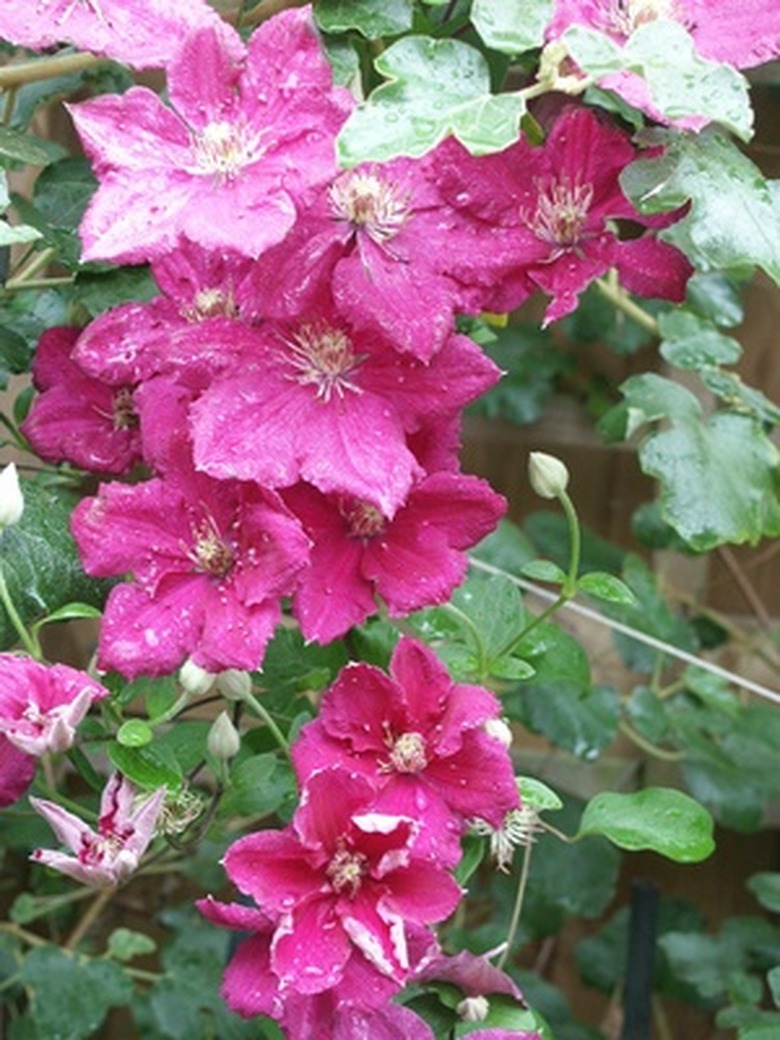Vines That Grow On Trellises In The Shade
Vines that grow on trellises create a leafy green screen for your home or garden; and, depending on the variety, they also produce bright, colorful flowers. Vines for your trellis do not always need to be planted in full sun. Several varieties do well in the shade, and vines on trellises in the shady parts of your yard add a little visual variety to a darker area.
Pipevine
Pinevine (Aristolochia littoralis) is also marketed as calico flower. This twining vine produces white or purplish-brown flowers shaped like narrow pipes. Plant pipevine in a location with sun or shade, as it tolerates both. Cultivate this vine and trim it with care, as pine vine can escape and become invasive, choking out more vulnerable plants in the garden.
Boston Ivy
Boston ivy (Parthenocissus tricuspidata), also known as Japanese creeper, is a quick grower that grows well in both sun and shade. It tolerates a wide variety of soil types. Boston ivy produce dark green, overlapping leaves that turn red, orange or purple in the fall. Boston ivy attracts bees, which help pollinate your garden. This plant produces clusters of bluish-black berries that hang on after the leaves have fallen off, which give it some winter interest.
Clematis
The clematis vine is light and airy, producing single blooms in violet, white, blue, pink or red. Depending on the variety, the blooms may also be bi-colored. Clematis produces dense clusters of flowers between late spring and the first frost. They are a good choice for moist areas, and they thrive in light, loamy soil with a pH between 6.5 and 7. Plant them next to a light trellis in sun or partial shade. Mulch the base of the clematis vine with 2 inches of manure or compost to keep the roots cool.
Trumpet Creeper
Trumpet creeper (Campsis radicans) is an evergreen perennial vine that does well in sun or shade. This ready climber adjusts well to trellises. The trumpet creeper puts out orange-red flowers that are about 3 inches long and have tubular shape. This vine also has the benefit of attracting hummingbirds.
